Filter by

Memory and Landscape Indigenous Responses to a Changing North
The North is changing at an unprecedented rate as industrial development and the climate crisis disrupt not only the environment but also long-standing relationships to the land and traditional means of livelihood. Memory and Landscape: Indigenous Responses to a Changing North explores the ways in which Indigenous peoples in the Arctic have adapted to challenging circumstances, including past c…
- Edition
- -
- ISBN/ISSN
- 9781771993159.01
- Collation
- -
- Series Title
- -
- Call Number
- 9 x 10, 448 pages
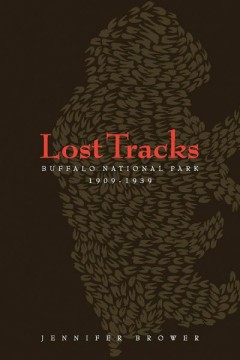
Lost Tracks Buffalo National Park, 1909–1939
While contemporaries and historians alike hailed the establishment of Buffalo National Park in Wainwright, Alberta as a wildlife saving effort, the political climate of the early twentieth century worked against its efforts to stem the decline of the plains buffalo in North America. However, the branch charged with operating the park, the Canadian Parks Branch, was never sufficiently funded and…
- Edition
- -
- ISBN/ISSN
- 9781897425107.01
- Collation
- -
- Series Title
- -
- Call Number
- 193 pages
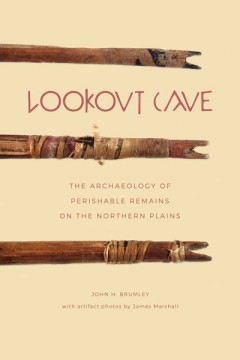
Lookout Cave The Archaeology of Perishable Remains on the Northern Plains
In the mid-1960s as a young high school student John Brumley visited Lookout Cave for the first time and knew immediately that the site was exceptional. The cave, located in north central Montana, was initially discovered in 1920 but it wasn’t until 1969 that a field crew from the University of Montana excavated a large portion of the remote site. The materials recovered in that excavation re…
- Edition
- -
- ISBN/ISSN
- 9781771991803
- Collation
- -
- Series Title
- -
- Call Number
- 280 pages

Light from Ancient Campfires Archaeological Evidence for Native Lifeways on …
Light from Ancient Campfires is the first book in twenty years to gather together a comprehensive prehistoric archaeological record of the Northern Plains First Nations. In this important examination of the region’s earliest inhabitants, author Trevor Peck reviews the many changes of interpretation that have occurred in relevant literature published during the last two decades. Beginning with…
- Edition
- -
- ISBN/ISSN
- 9781897425961.01
- Collation
- -
- Series Title
- -
- Call Number
- 528 pages

Ecology & Wonder in the Canadian Rocky Mountain Parks World Heritage Site
Ecology & Wonder makes several remarkable claims: The greatest cultural achievement in the Western Canadian mountain region may be what has been preserved, not what has been developed. Protecting the spine of the Rocky Mountains will preserve crucial ecological functions. Because the process of ecosystem diminishment and species loss has been slowed, an ecological thermostat has been kept alive…
- Edition
- -
- ISBN/ISSN
- 9781897425572.01
- Collation
- -
- Series Title
- -
- Call Number
- 7.5 x 9.5, 378 pages
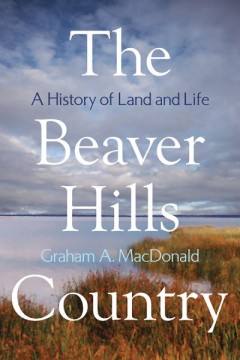
The Beaver Hills Country A History of Land and Life
This book explores a relatively small but interesting and unusual region of Alberta between the North Saskatchewan and the Battle Rivers. The Beaver Hills arose where mountain glaciers from the west met continental ice-sheets from the east to create a complex and diverse landscape. MacDonald relates how climate, water levels, wildlife, vegetation, and fire have shaped the possibilities and prov…
- Edition
- -
- ISBN/ISSN
- 9781897425374.01
- Collation
- -
- Series Title
- -
- Call Number
- 264 pages

Alberta’s Lower Athabasca Basin Archaeology and Palaeoenvironments
Over the past two decades, the oil sands region of northeastern Alberta has been the site of unprecedented levels of development. Alberta’s Lower Athabasca Basin tells a fascinating story of how a catastrophic ice age flood left behind a unique landscape in the Lower Athabasca Basin, one that made deposits of bitumen available for surface mining. Less well known is the discovery that this flo…
- Edition
- -
- ISBN/ISSN
- 9781926836904.01
- Collation
- -
- Series Title
- -
- Call Number
- 7 x 10, 565 pages
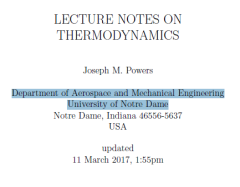
Lecture Notes on Thermodynamics
These are lecture notes for AME 20231, Thermodynamics, a sophomore-level undergraduate course taught in the Department of Aerospace and Mechanical Engineering at the University of Notre Dame. The objective of the course is to survey practical and theoretical problems in classical thermodynamics. The emphasis is on the axiomatic approach to equilibrium thermodynamics and its application to pract…
- Edition
- -
- ISBN/ISSN
- -
- Collation
- -
- Series Title
- -
- Call Number
- 536.7 POW l
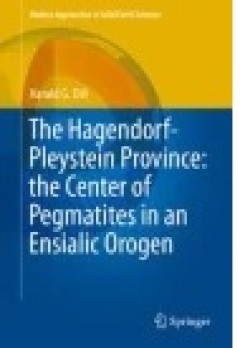
The Hagendorf-Pleystein Province: the Center of Pegmatites in an Ensialic Orogen
The Late Paleozoic rare-element pegmatites of the HPPP, Oberpfalz-SE, Germany, rank among the largest concentrations in Europe. The biggest pegmatite of this mining district totals 4.4 million tons of ore (Hagendorf-South). The mining history of the HPPP is restricted to the 20th century, when local entrepreneurs started mining operations in search of ceramic raw materials, feldspar and quartz.…
- Edition
- -
- ISBN/ISSN
- 978-3-319-18806-5
- Collation
- XIV, 475
- Series Title
- Modern Approaches in Solid Earth Sciences
- Call Number
- -
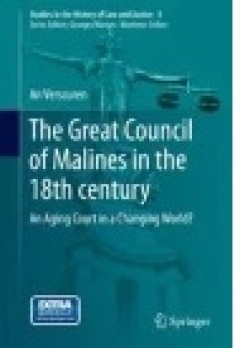
The Great Council of Malines in the 18th century
This work studies the Great Council of Malines as an institution. It analyzes the Council’s internal organization and staff policy, its position within the broader society of the Austrian Netherlands, the volume and nature of litigation at the Council and its final years and ultimate demise in the late 18th and early 19th century. By means of this institutional study, this volume provides ins…
- Edition
- -
- ISBN/ISSN
- 978-3-319-09638-4
- Collation
- XVII, 348
- Series Title
- Studies in the History of Law and Justice
- Call Number
- -
 Computer Science, Information & General Works
Computer Science, Information & General Works  Philosophy & Psychology
Philosophy & Psychology  Religion
Religion  Social Sciences
Social Sciences  Language
Language  Pure Science
Pure Science  Applied Sciences
Applied Sciences  Art & Recreation
Art & Recreation  Literature
Literature  History & Geography
History & Geography